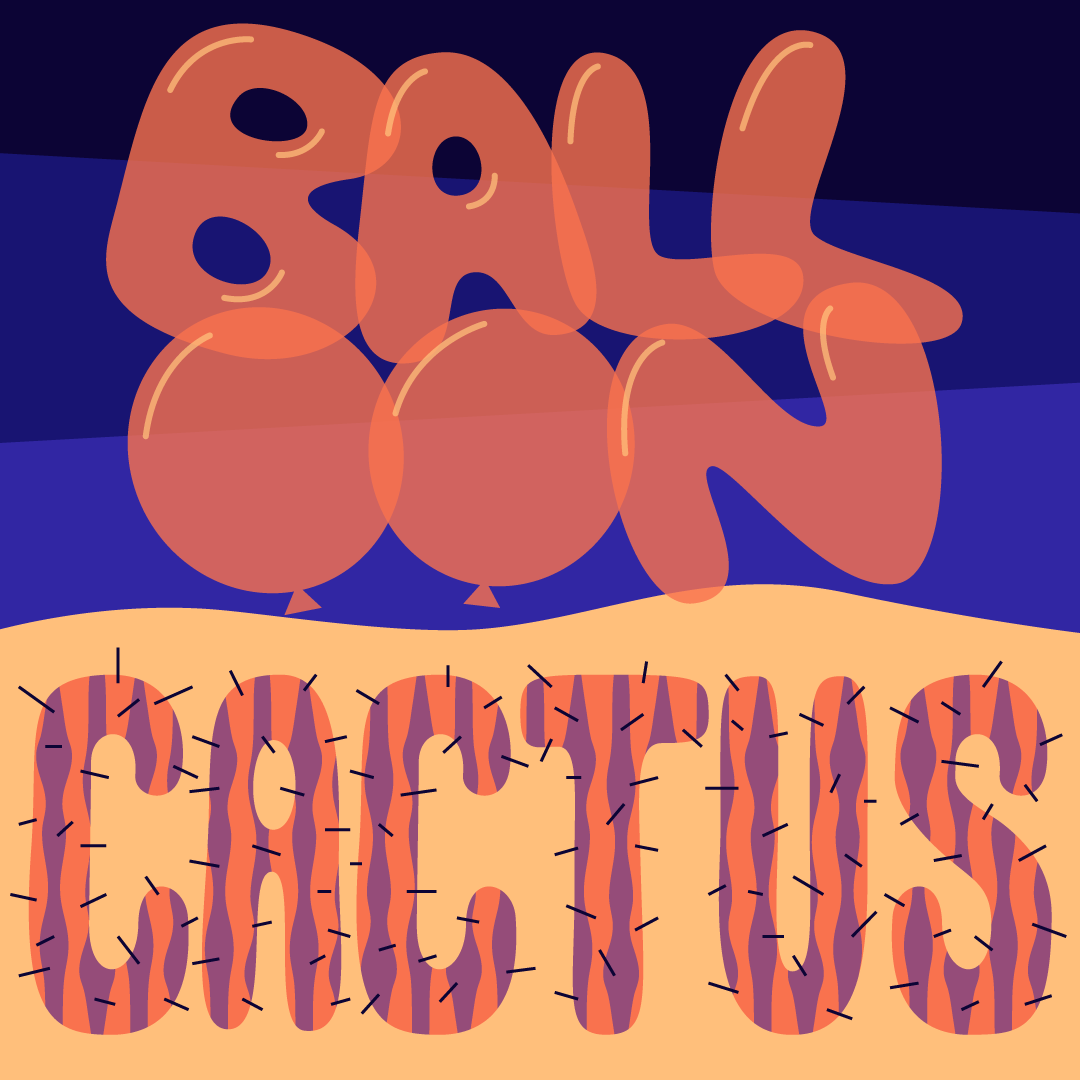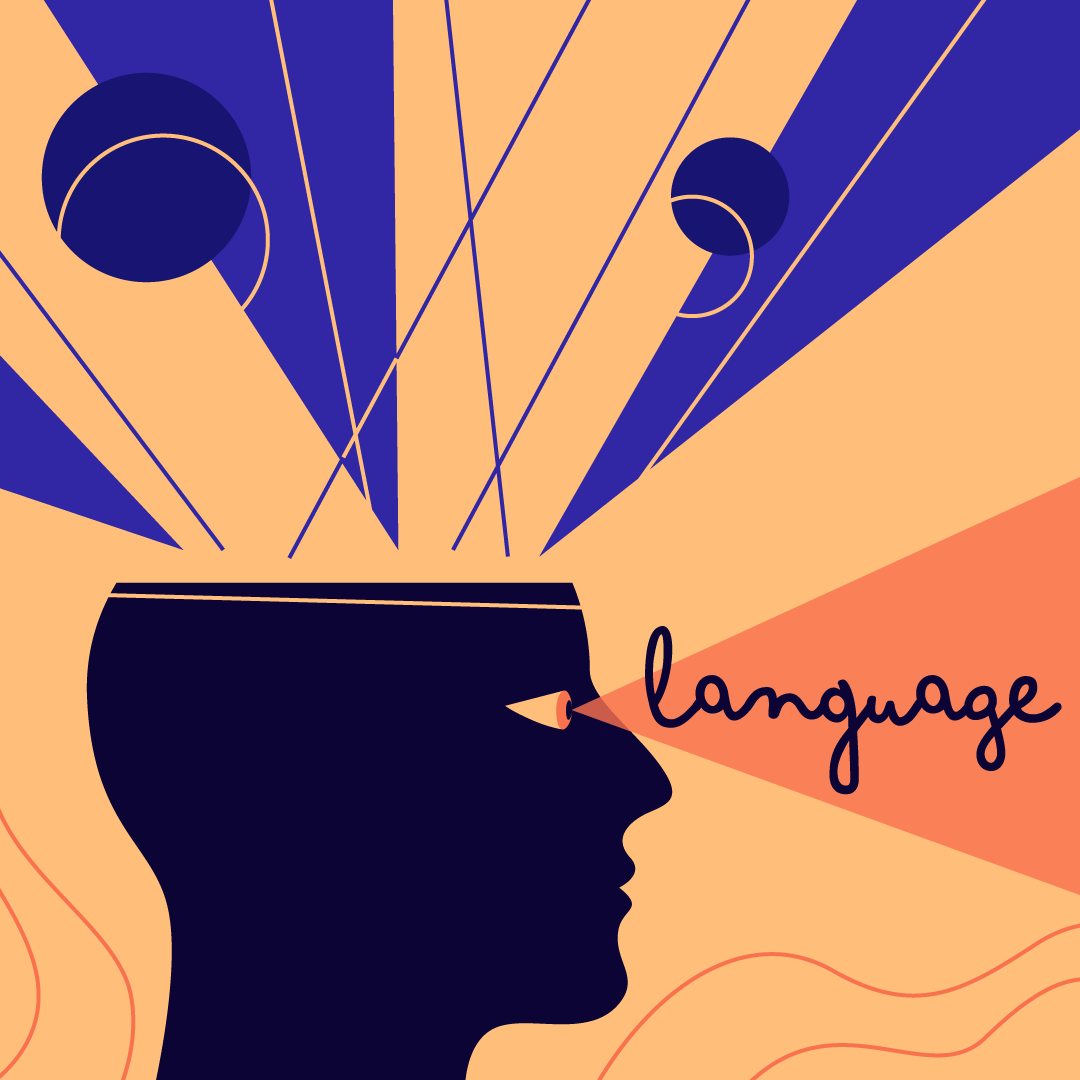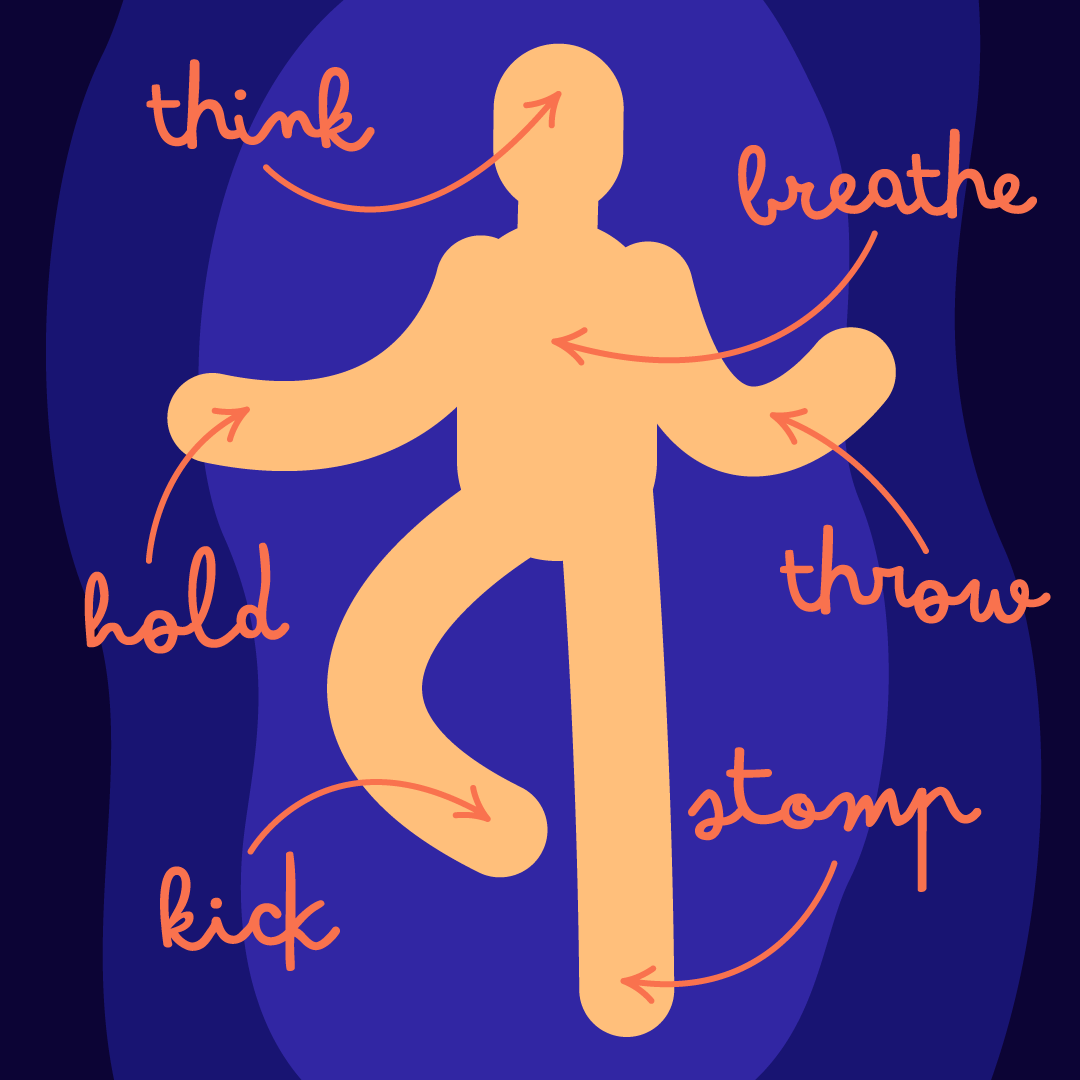Sound Symbolism
If you were asked which of these shapes is “bouba” and which is “kiki”, you would probably agree that “bouba” sounds like a better word for the round shape, and “kiki” a better word for the spiky shape.
This is an example of sound symbolism: intuitive associations between language sounds and different kinds of things in the world. People also associate language sounds with different sizes, colours, tastes, emotions, personality traits, and so on.
We explore why people make these associations, and what this means for human cognition and language.





